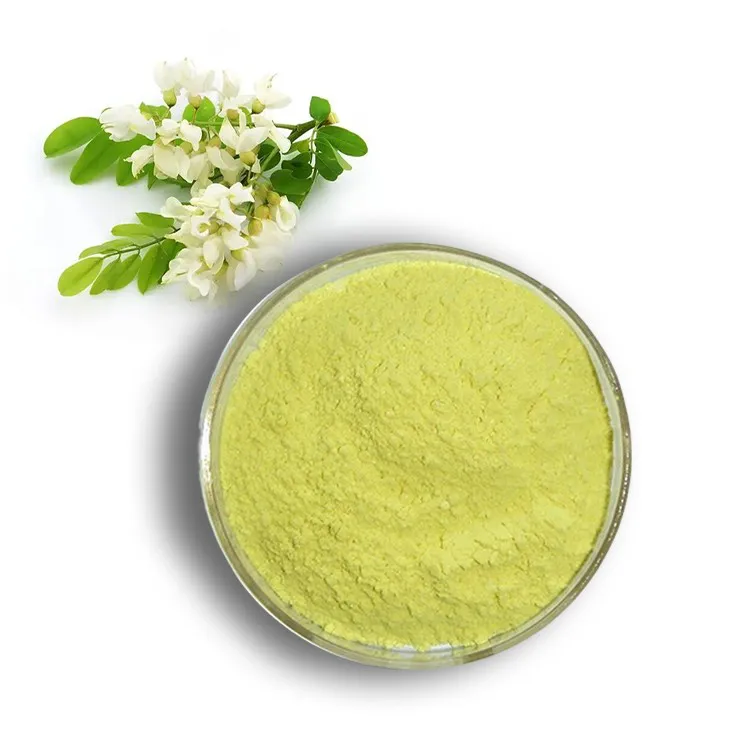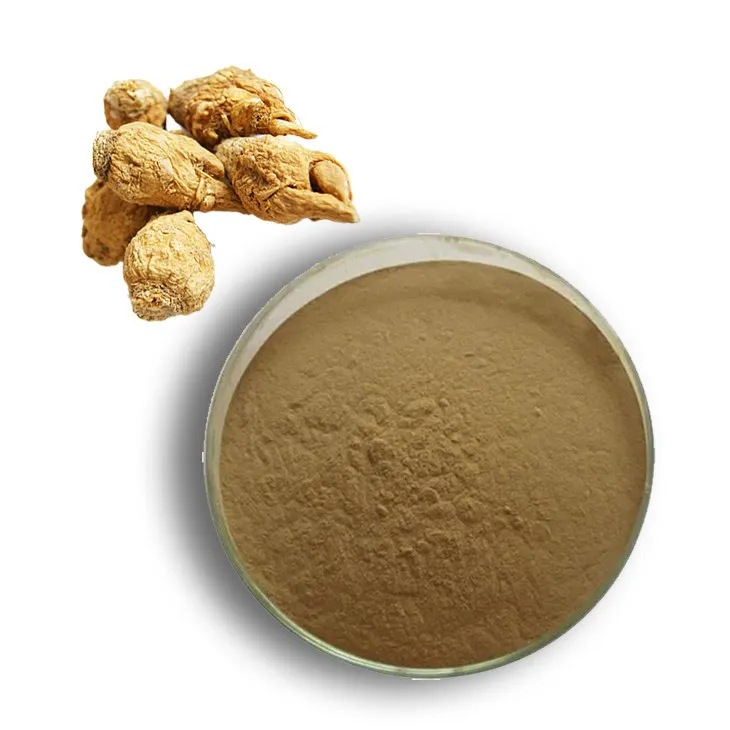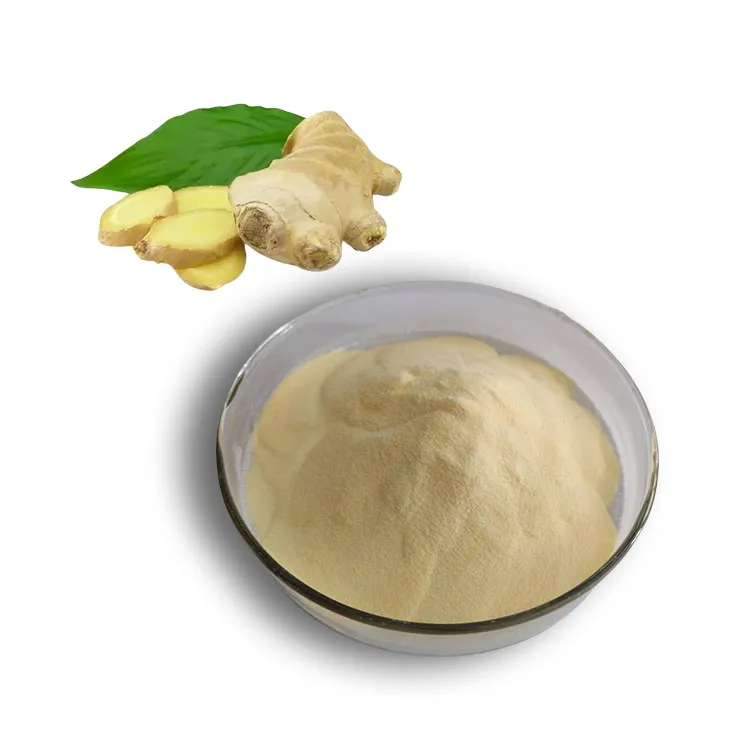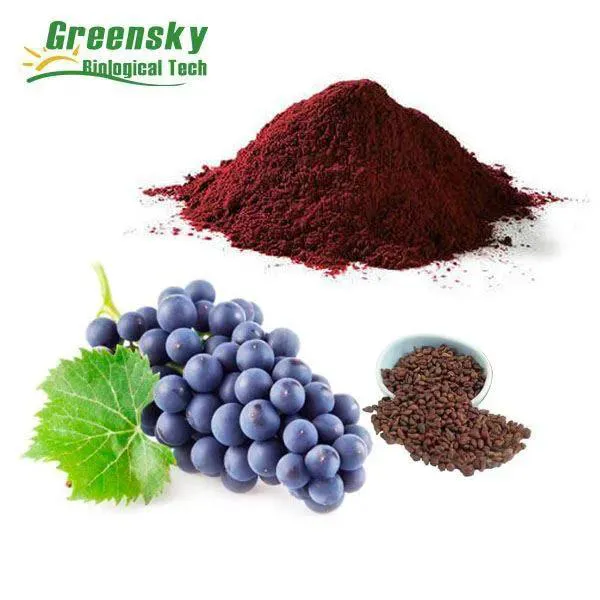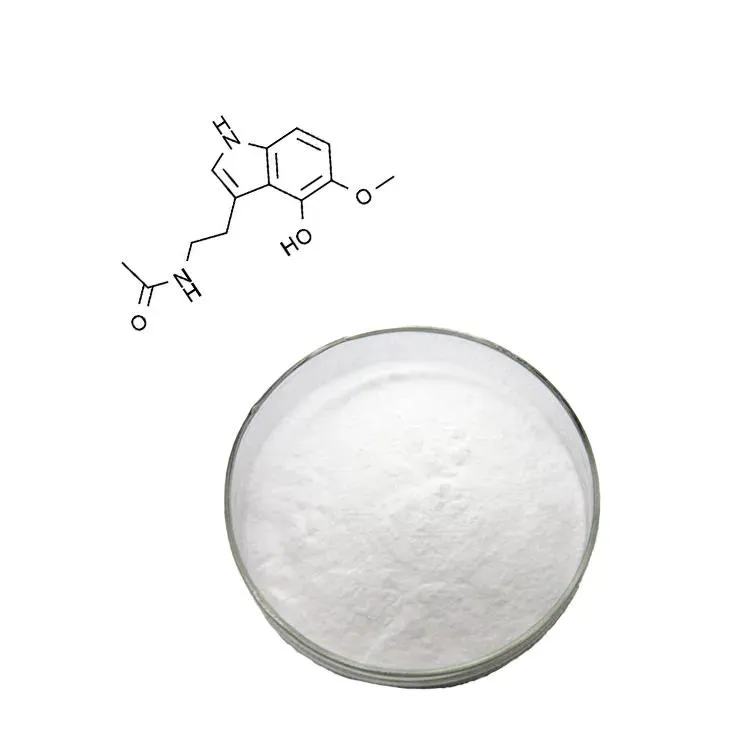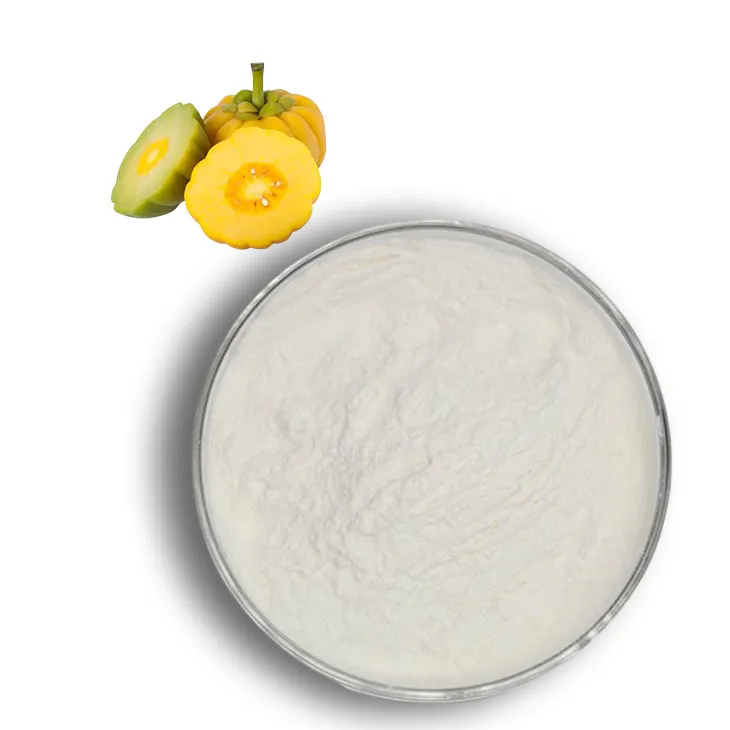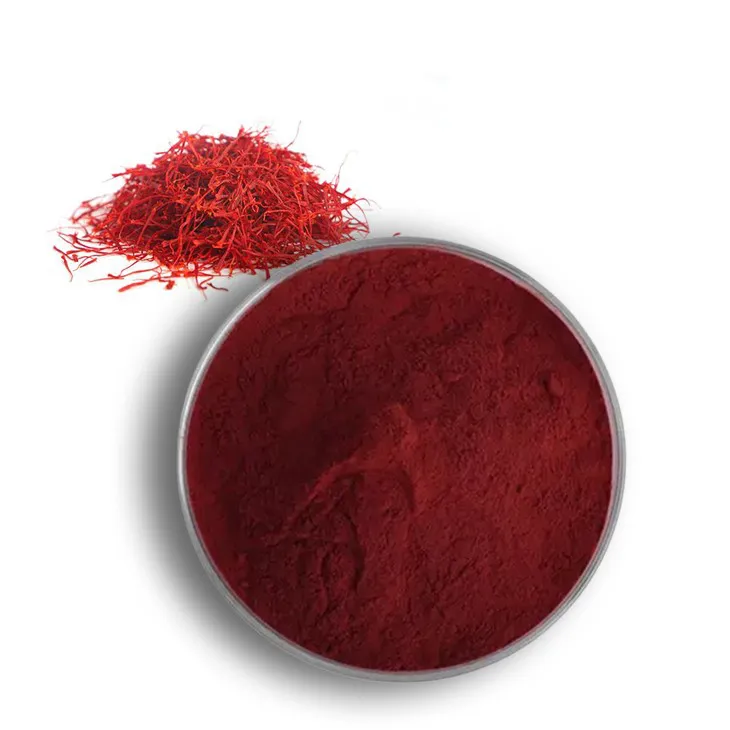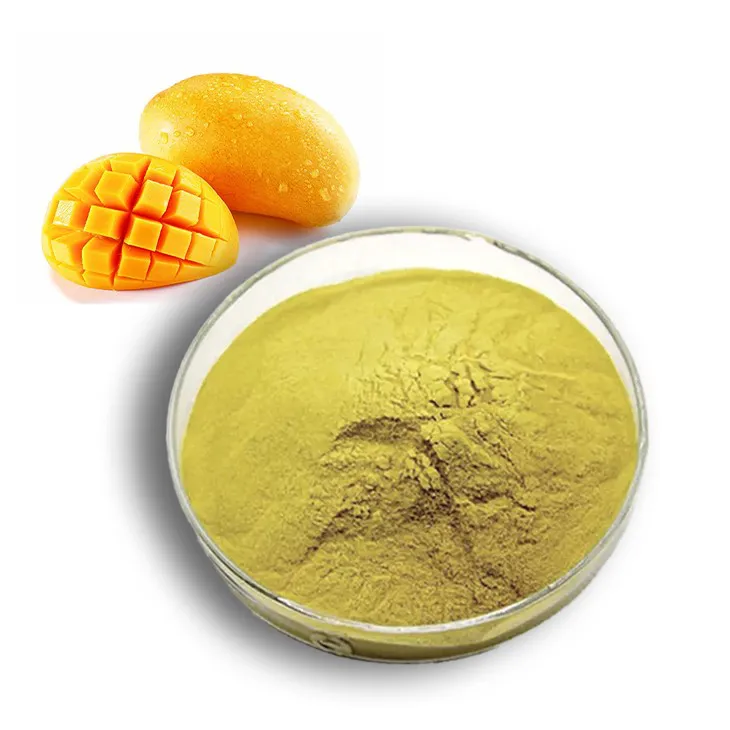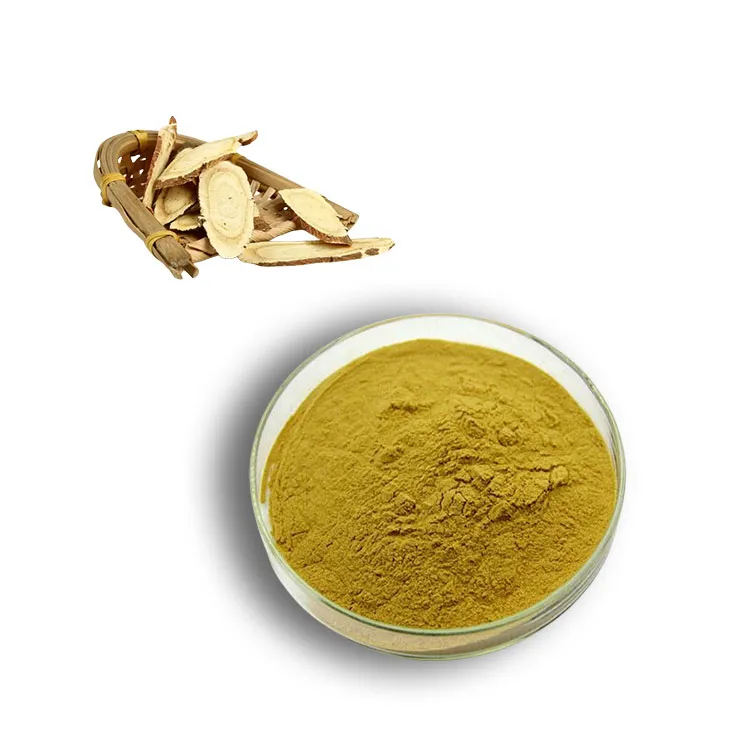- 0086-571-85302990
- sales@greenskybio.com
Turmeric: Ancient Healer and Modern Superfood
2025-06-06
Turmeric, known scientifically as Curcuma longa, is a bright golden-yellow rhizome cherished for centuries in both the kitchen and traditional medicine cabinets. As a member of the ginger family, this perennial herb flourishes in the warm, humid landscapes of the Indian subcontinent and Southeast Asia. With a history stretching back thousands of years, turmeric has established itself as a cornerstone of holistic health and culinary tradition.
A Rich History
Turmeric’s story can be traced over 4,000 years to ancient India and Southeast Asia, where it was valued not only as a spice and dye but as a powerful healing agent. Evidence points to its use in the Indus Valley as early as 2,500 BCE, with adoption into Ayurvedic medicine by 500 BCE. Over the centuries, turmeric made its way westward through Arab trade routes, reaching Europe in the 13th century and the Americas by the 18th century. Today, India produces more than 80 percent of the world’s turmeric, a crop that flourishes in tropical climates with high rainfall.
Turmeric’s vivid orange-yellow color has earned it the nickname “Indian saffron.” Its distinctive earthy and slightly bitter taste, paired with a warm, peppery aroma, make it a versatile ingredient in many dishes. The knobby, irregular-shaped rhizome is similar in appearance to ginger but with strikingly brighter color.
Different cultures reflect turmeric’s deep significance through its local names: “haldi” in Hindi, used famously in Indian wedding rituals for its skin-brightening properties; “manjal” in Tamil; and “haridra” in Sanskrit, underscoring its spiritual importance.
The Science Behind Turmeric’s Healing Powers
Turmeric’s therapeutic benefits stem largely from its rich content of phytonutrients, especially Curcumin—a polyphenol credited for both the plant’s vibrant hue and many of its healthful properties. Turmeric also contains turmerones, flavonoids, and phenolic acids, all of which contribute to its status as a superfood.
Studies show Curcumin has potent anti-inflammatory, antioxidant, antimicrobial, and even anticancer effects. These properties make turmeric useful in addressing a variety of health issues, including:
- Inflammation and joint pain: Curcumin helps relieve symptoms of arthritis and other inflammatory disorders.
- Digestive health: Turmeric can boost bile production, aiding digestion and reducing bloating or indigestion.
- Cardiovascular support: Curcumin improves blood vessel function, lowers oxidative stress, and reduces “bad” LDL cholesterol.
- Cognitive protection: Evidence suggests that curcumin may help guard against Alzheimer’s and other neurodegenerative diseases by lowering brain inflammation and amyloid plaque formation.
- Cancer risk: Its antioxidant action helps neutralize harmful free radicals and may suppress the growth of cancer cells.
In traditional medicine, turmeric is consumed in teas, warmed with milk (“golden milk”), or used as a topical paste to treat wounds and soothe skin conditions. Today, modern health routines include turmeric capsules, tinctures, and extracts for easy daily use.
Stories from Ayurveda highlight turmeric’s healing abilities, such as applying paste to cuts and burns for its antimicrobial and rapid healing effects. Turmeric tea, too, is a favorite remedy for sore throats and immune support throughout flu season.
A Culinary Star
Turmeric’s uses go far beyond health supplements—it’s a culinary staple celebrated for its color and flavor. It gives depth to curry powders, brightens rice dishes, and even finds a place in drinks and sweet treats. Recipe ideas include:
- Golden milk latte: Turmeric combined with milk (dairy or plant-based), honey, cinnamon, and ginger creates a soothing, nutritious beverage.
- Turmeric roasted cauliflower: Cauliflower florets with turmeric, olive oil, and garlic make a vibrant, flavorful side.
- Turmeric and ginger tea: Ideal for warmth in winter and post-meal digestion.
- Turmeric-spiced rice: Rice infused with turmeric, cumin, and cardamom delivers color and aroma.
- Turmeric smoothie bowl:** A bright breakfast blend of turmeric, mango, banana, and coconut milk.
From its ancient roots as a healing herb to its modern status as a superfood, turmeric’s enduring value is clear. Its deep history, powerful nutrients, and adaptability make it a standout in both kitchens and medicine cabinets around the world. Whether as a flavorful ingredient, a source of healing, or a splash of color in a recipe, turmeric continues to prove itself as a golden symbol of wellness.
Note: This article is for informational purposes only and does not constitute medical advice. For personalized health recommendations, consult a qualified healthcare professional.
- ▶ Hesperidin
- ▶ citrus bioflavonoids
- ▶ plant extract
- ▶ lycopene
- ▶ Diosmin
- ▶ Grape seed extract
- ▶ Sea buckthorn Juice Powder
- ▶ Beetroot powder
- ▶ Hops Extract
- ▶ Artichoke Extract
- ▶ Reishi mushroom extract
- ▶ Astaxanthin
- ▶ Green Tea Extract
- ▶ Curcumin Extract
- ▶ Horse Chestnut Extract
- ▶ Other Problems
- ▶ Boswellia Serrata Extract
- ▶ Resveratrol Extract
- ▶ Marigold Extract
- ▶ Grape Leaf Extract
- ▶ blog3
- ▶ Aminolevulinic acid
- ▶ Cranberry Extract
- ▶ Red Yeast Rice
- ▶ Red Wine Extract
-
Troxerutin
2025-06-06
-
Propolis Extract Powder
2025-06-06
-
Maca Extract
2025-06-06
-
Ginger Extract
2025-06-06
-
Grape Seed Extract
2025-06-06
-
melatonin extract
2025-06-06
-
Garcinia Cambogia Extract
2025-06-06
-
Saffron Extract Powder
2025-06-06
-
Mango flavored powder
2025-06-06
-
Licorice Root Extract Powder
2025-06-06











